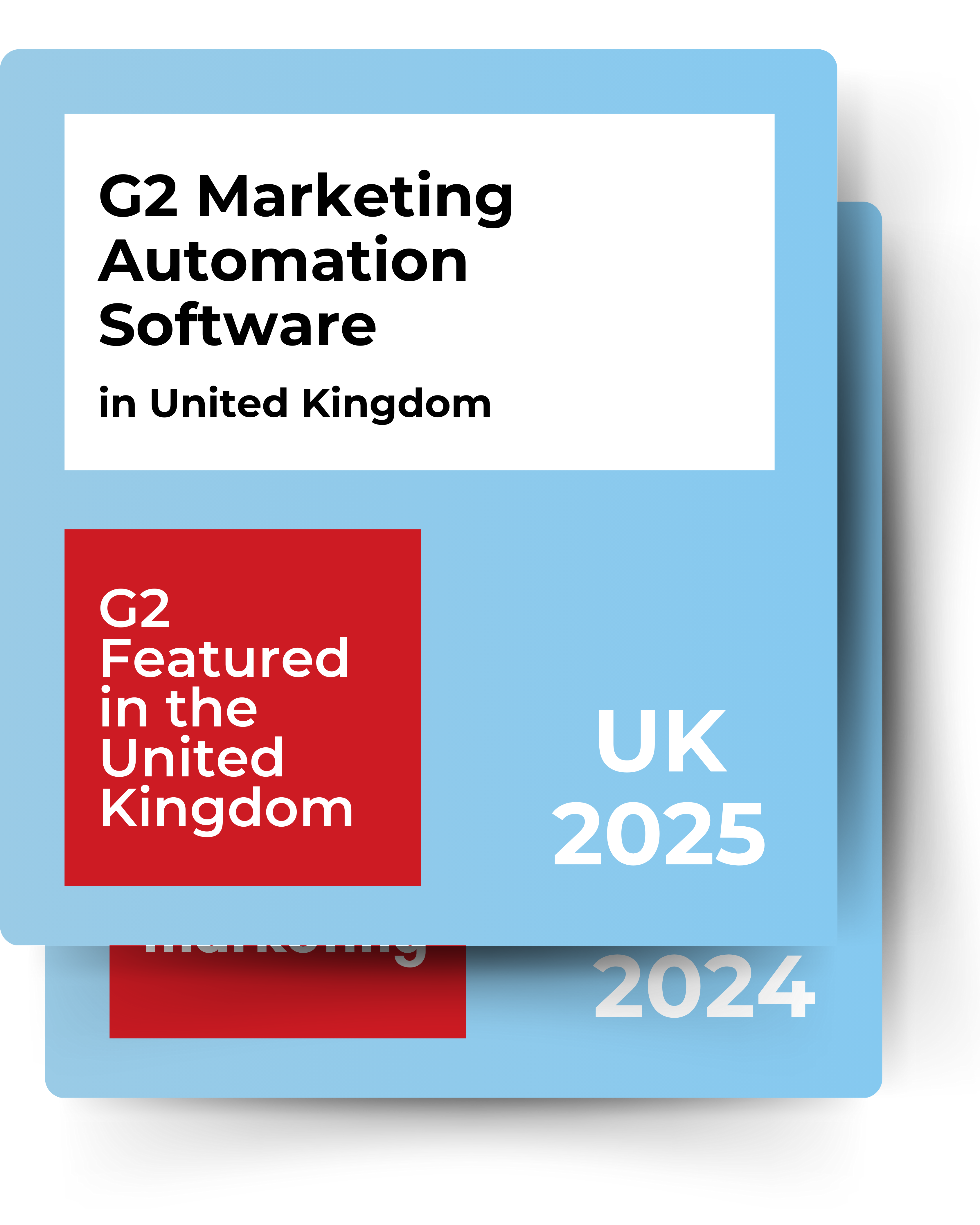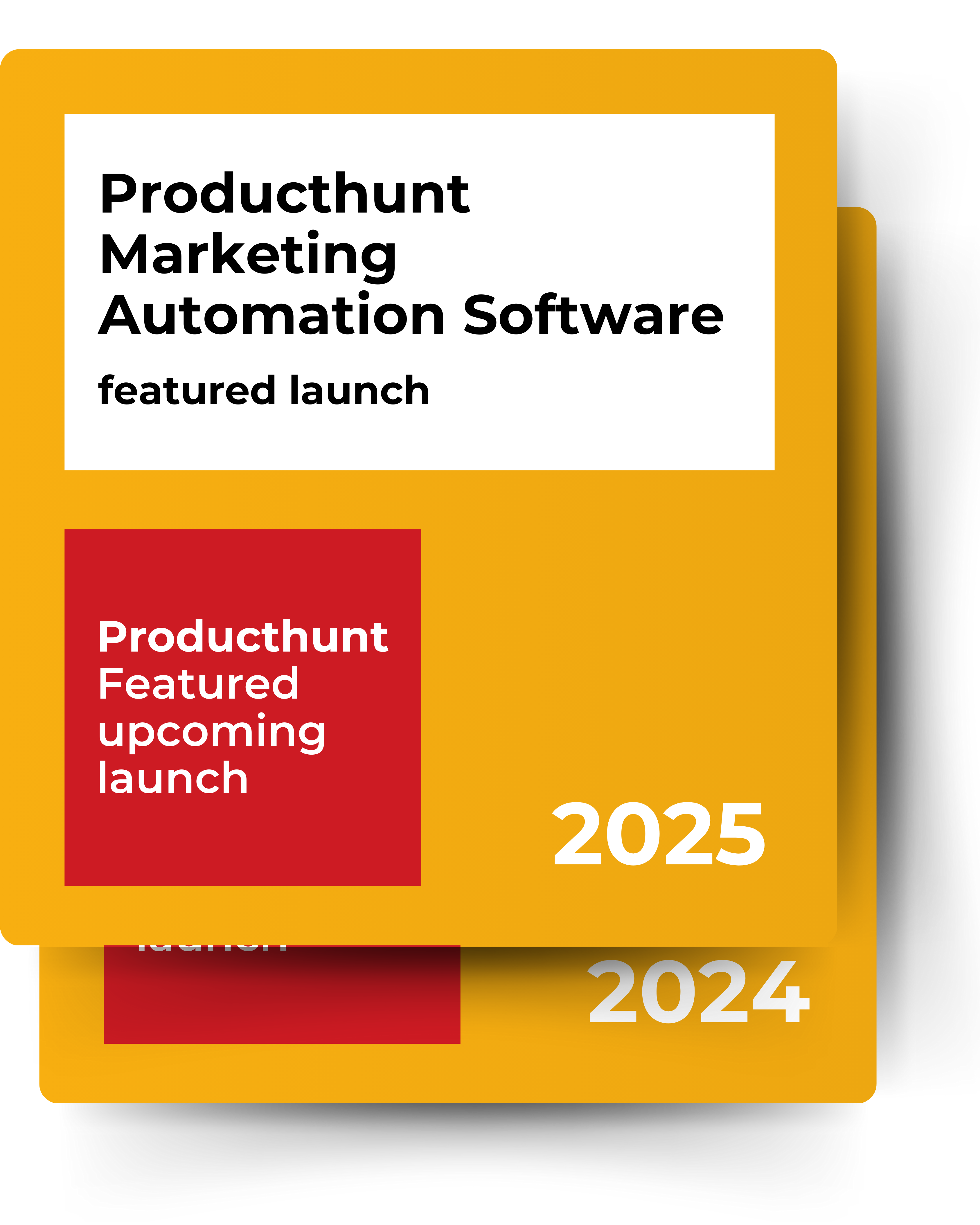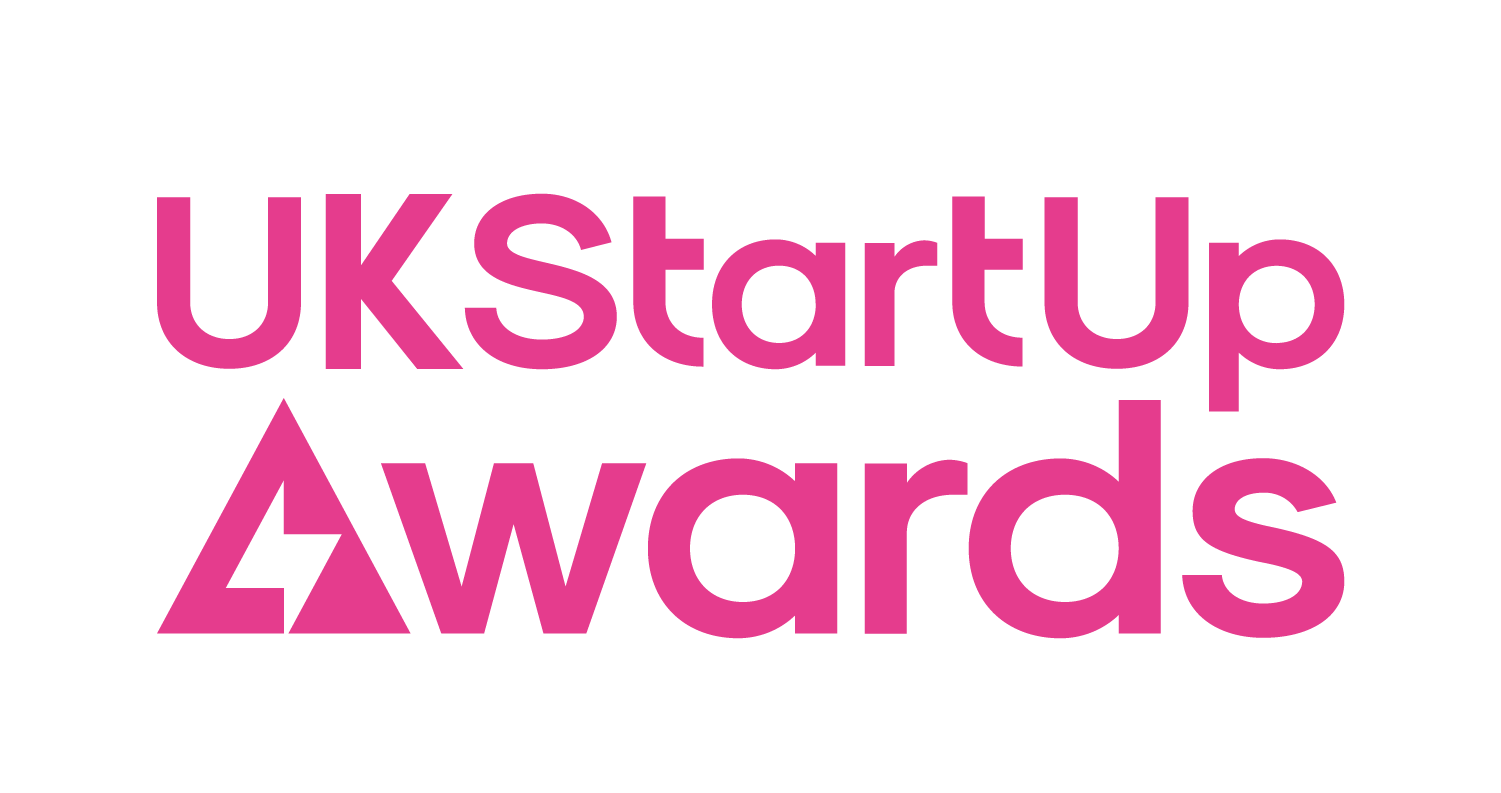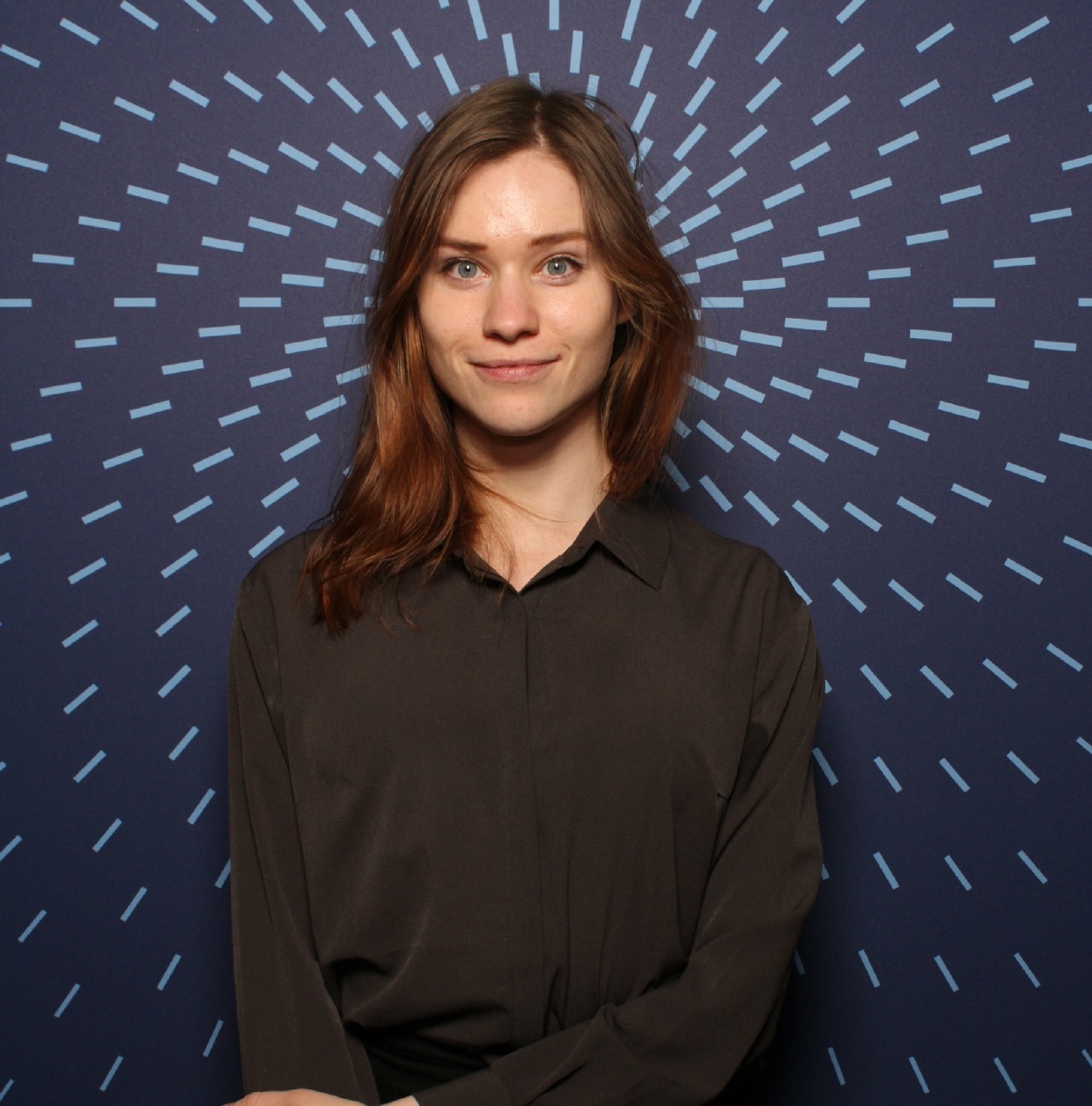You’ve spent weeks, maybe even months, creating the perfect brand video. The story is compelling, the production value is high, and the message is crystal clear. You hit "publish," run some ads, and… crickets. The views trickle in, engagement is low, and the ROI is nowhere to be found. What went wrong? Often, the culprit isn't the video itself, but the words you use to promote it. Your ad copy is the gateway to your video; if it doesn't entice people to click, your masterpiece will go unseen. This is where a data-driven approach, powered by platforms like Leo AI's platform, can transform your results.
In today's saturated digital landscape, great content is only half the battle. With millions of videos uploaded daily, you're not just competing for attention; you're fighting against the infinite scroll. According to Wyzowl, 91% of businesses use video as a marketing tool, making the competition fiercer than ever (Wyzowl). Your ad copy must cut through the noise, resonate with a specific audience, and create an irresistible urge to press play. In this guide, we'll break down the formulas, strategies, and best practices for writing video ad copy that doesn't just get seen—it gets results.
The Foundation: Audience, Goals, and the AIDA Framework
Before you write a single word, you need a solid foundation. Great ad copy isn't about clever puns or buzzwords; it's about connecting the right message with the right person at the right time. Rushing this step is like building a house on sand—it’s bound to collapse.
Impact of Copy Elements on Video Ad CTR
An analysis of top-performing video ads shows that the hook—the first one or two lines of copy—has the most significant impact on whether a user clicks to watch.
*Illustrative data based on industry best practices.
Define Your Objective
What is the single most important action you want someone to take after seeing your ad? Without a clear goal, your copy will be unfocused. Your objective could be:
- Awareness: Maximize video views and brand recall.
- Consideration: Drive clicks to a landing page or product page.
- Conversion: Generate leads, sign-ups, or direct sales.
Your goal dictates your call-to-action (CTA). An awareness ad might say "Watch Now," while a conversion ad would be more direct, like "Shop the Collection" or "Start Your Free Trial."
Understand the AIDA Framework
The AIDA model is a classic marketing framework that perfectly outlines the journey your copy should take the reader on:
- Attention: Grab them with a powerful hook. This is the most critical part, especially on social media.
- Interest: Once you have their attention, build interest by highlighting a problem they face or a desire they have.
- Desire: Transition from their problem to your solution. Show them how your product or service, featured in the video, can make their life better.
- Action: Tell them exactly what to do next with a clear, compelling CTA.
Thinking through this framework prevents you from making one of the most common video mistakes: creating content that doesn't guide the viewer toward a specific outcome.
Anatomy of High-Converting Video Ad Copy
Effective ad copy has three core components. When they work in harmony, they create a seamless path from seeing your ad to watching your video.
1. The Scroll-Stopping Hook
You have less than three seconds to capture someone's attention. Your first line of copy is your first impression. Use a question, a shocking statistic, a relatable problem, or a bold statement. For example:
- Question: "Still manually creating social media clips? 😫"
- Statistic: "75% of video marketing efforts fail in the first 90 days. Here's why."
- Relatable Problem: "Your team just spent 2 months on a webinar. Now what?"
2. The Value-Packed Body
This is where you bridge the gap between your hook and your video. Briefly explain what the video is about and what the viewer will gain by watching it. Focus on benefits, not just features. Instead of "Our software has an AI editor," try "Let our AI editor turn your 1-hour video into 20 viral clips in 5 minutes." This section builds the *Desire* from the AIDA model.
3. The Crystal-Clear Call-to-Action (CTA)
Don't be vague. Tell people precisely what you want them to do. Strong CTAs use action verbs and create a sense of urgency or exclusivity.
- Weak: "Check out our video."
- Strong: "▶️ Watch the full breakdown to see how it works."
- Weak: "Click here."
- Strong: "Get your free marketing plan now!"
Ready to Supercharge Your Video Marketing?
Let AI find the perfect moments in your videos and write the copy for you. Stop guessing, start growing.
Start Free Trial Book Office Hours5 Proven Ad Copy Formulas to Steal for Your Next Campaign
No need to reinvent the wheel. These battle-tested copywriting formulas provide a great starting point for any video ad campaign.
1. Problem-Agitate-Solve (PAS)
This is a classic for a reason. You identify a pain point, elaborate on why it's a problem, and then present your video as the solution.
Example: "(Problem) Creating video content takes forever. (Agitate) You're stuck in an endless cycle of editing, writing, and posting, with little to show for it. (Solve) Watch how our AI turns one webinar into a month's worth of content in 3 minutes."
2. Before-After-Bridge
Paint a picture of your customer's life before your solution, show them the improved "after" state, and position your video as the bridge to get there.
Example: "(Before) Your videos get lost in the noise. (After) Imagine a constant stream of leads from content that practically creates itself. (Bridge) In this video, we reveal the 3-step process to make it happen."
3. The Story-Driven Hook
Humans are wired for stories. Start with a short, compelling narrative that draws the reader in and relates to the message of your video.
Example: "3 years ago, our marketing budget was $500/month. We couldn't afford a video team, so we built an AI that could do the work of 5 people. This video shows you the exact system we built."
4. The Direct Benefit
No fluff. Get straight to the point and state the primary benefit the viewer will get from watching your video.
Example: "This 2-minute video will show you how to cut your video production time by 75%. Watch now to see the demo."
5. The Question Lead
Ask a question that your target audience will instinctively answer "yes" to. This creates an immediate connection and makes them want to learn the answer.
Example: "Wish you could get more mileage out of your long-form videos? This tutorial breaks down how to repurpose a single podcast episode into 30+ pieces of content."
Adapting Your Copy for Different Social Platforms
A one-size-fits-all approach to ad copy doesn't work. Each platform has a unique audience and format. You must adapt your message accordingly.
YouTube
Focus: SEO, curiosity, and clarity. The title and first two lines of the description are crucial as they appear in search results. Tips: Use keywords your audience is searching for. Write a compelling title that promises a specific outcome. Use the description to provide a mini-summary and include relevant links.
Focus: Professional value, business outcomes, and industry insights. Tips: Keep the tone professional but conversational. Address business pain points directly. Use industry-specific language and tag relevant companies or influencers to expand reach.
Instagram/TikTok
Focus: Entertainment, relatability, and speed. Tips: Keep copy extremely short and punchy. Use emojis to add personality and break up text. Ask questions to encourage comments and use trending audio or hashtags where relevant. The video itself does most of the talking here, so the copy's job is to add context or a clear CTA.
Testing and Optimizing Your Copy with AI
The best copywriters don't just write; they test. You should always be running A/B tests on your ad copy to see what resonates most with your audience. Test different hooks, CTAs, and formulas to continuously improve your click-through and conversion rates.
This is where AI becomes a game-changer. Manually testing every variable is time-consuming and expensive. AI-powered platforms like Leo AI can analyze your raw video footage to identify the most engaging moments—the parts where your audience is most captivated. It then uses this data to automatically generate dozens of high-potential clips and suggest data-driven hooks, titles, and descriptions tailored to those moments. Instead of guessing what the best hook is, you can use AI to tell you what part of your message is already proven to be effective. This removes the guesswork and empowers you to create ad copy that is engineered for performance from the start.




